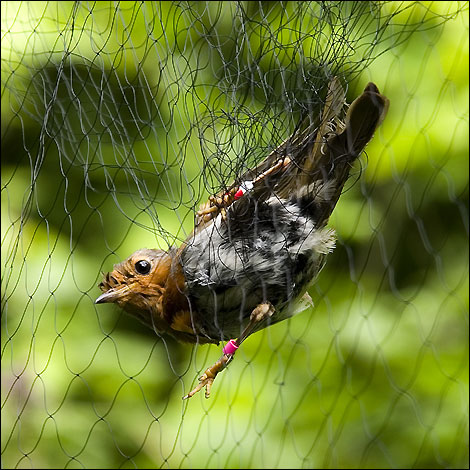RED ALERT: In a report published in the journal Scientist Report, researchers from the University of Southampton have confirmed that certain pollutants destroy floral smells that help honeybees locate flowers that contain nectar. The researchers specifically explored the group of highly reactive nitrogen oxide gases released by diesel combustion and found that these pollutants are capable of altering floral odours to the extent of dampening a bee’s ability to identify desirable flowers.
Honeybees use both olfactory and visual cues to identify flowers that produce nectar. The insects in return for the nectar aid in pollination. Since not all flowers produce nectar, honeybees learn to avoid those flowers by recognizing the odours of nectar-bearing flowers.
But scientists now have proved that the highly reactive chemicals called volatiles that are present in these floral odours or smells often react with substances in the atmosphere, and certain pollutants chemically transform these odours in such a way that the honeybees are no more able to detect the smell or differentiate between flowers.
Nitrogen Oxides Robbing Floral Odours
In order to confirm the hypothesis the researchers first produced a synthetic floral odour by blending eight volatiles that closely resembled those found in oilseed rape flowers. They then released this synthetic odour into a series of glass containers, a few of which were then exposed to different concentrations of nitrogen oxide gases.
The researchers calculated the concentrations of the eight volatiles in the various glass containers over the course of two hours. It was found that within a minute, two of those volatiles which together account for more than 70 % of the floral odour became completely undetectable in the contaminated containers but were detectable in the uncontaminated chambers.
The test results clearly show that nitrogen oxide pollutants, which are commonly released by the combustion of diesel, alter the composition of the floral odours.
In the next stage, a group of honeybees was conditioned to recognize the synthetic floral odour by repeatedly exposing them to the odour in combination with a nectar reward. These bees were then introduced into the test containers to see if their smell recognition was affected by the contamination. This was found by the researchers by observing whether or not the bees extended their proboscis (straw-like mouth part used for sucking nectar) within 10 seconds of exposure to the odour in the test containers.
They noticed that even small changes in the constituents of the synthetic odour caused a major change in the responsiveness of the honeybees to the odour.
The bottom-line is that unless we check the level of vehicle exhaust pollution we could be facing a grave crisis as these pollutants could have serious detrimental effects on not just the number of honeybee colonies but also on their pollination activity.
More Related Stories,
Vanishing ecological Inheritance
Vanishing Butterflies could mean a Vanishing Planet
Bishnois: Environment Crusaders by Birth
Image via cc/Flickr by John










One thought on “Diesel Pollutants Snatch Honeybee’s Ability to Smell Flowers”